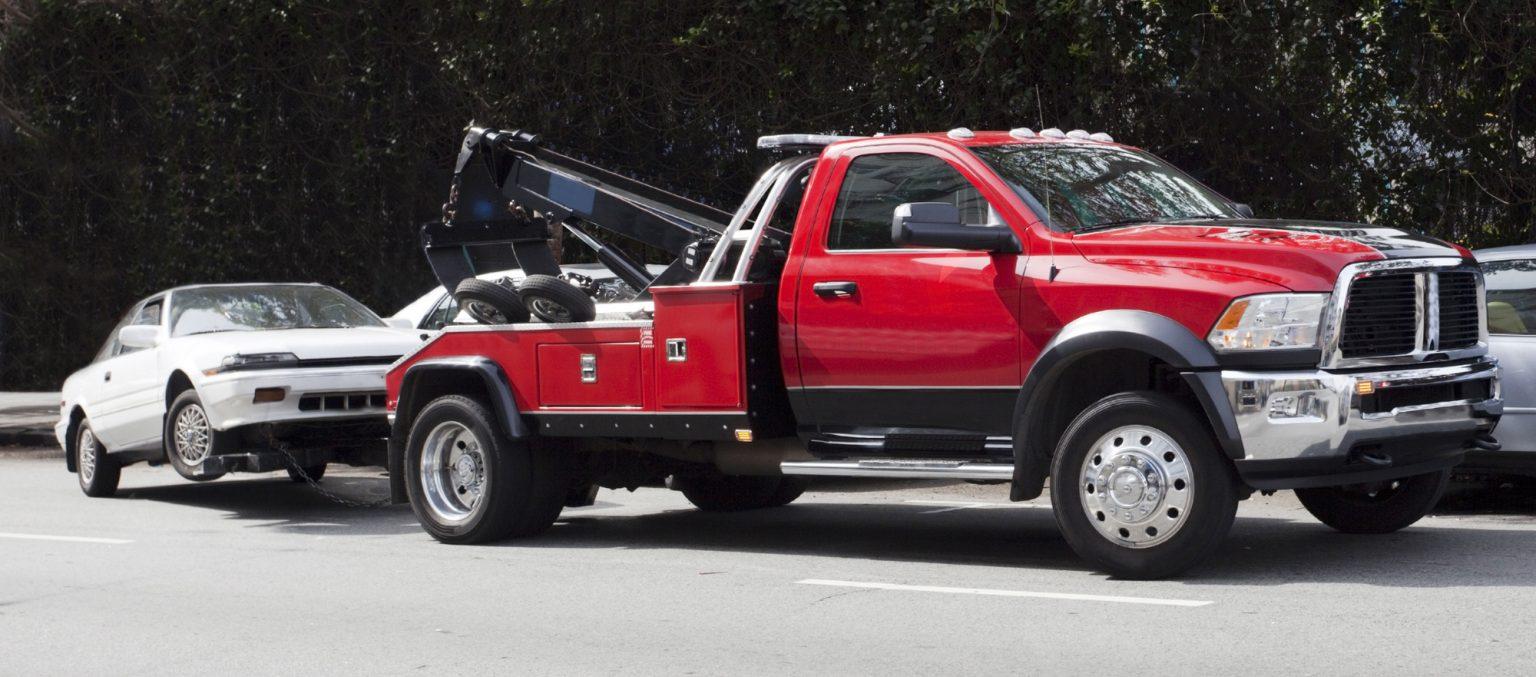Shipping your automobile to another state through car carrier companies can be overwhelming if you are unfamiliar with the state-to-state vehicle transport process. Additionally, concerns like costs, late delivery, and unfavorable weather conditions involved in interstate transportation can make you question using a car carrier.
Therefore, it’s good to know what to expect beforehand when planning to get your car shipped to another state. Here’s a complete breakdown of how automobile service providers arrange pick-up and delivery of vehicles:
Booking Process for State-to-State Shipment
Before your car embarks on its interstate journey, it goes through a crucial step - the booking process. It ensures the timely arrival of cars and generally includes the following steps:
Vehicle and Shipment Information
Most auto transport services require some information to confirm your vehicle shipment booking. This may include zip codes of pick-up and delivery points, car age, vehicle make and model, etc. This is important to plan and arrange the necessary equipment accordingly for a smooth shipment process.
Specifying Open or Enclosed Transport
As car carriers, we want you to state your preferences early in booking, whether you need open or enclosed transport, to ensure service availability. Moreover, it helps us provide accurate pricing and take the necessary steps to align with your needs.
Although open transport is more common due to its cost-effectiveness and widespread availability, if you’re mindful of budget or need an additional layer of protection for your vehicle, then enclosed transport is what you should opt for.
Selection of Door-To-Door/ Terminal-To-Terminal
Auto transport haulers would require your preference for door-to-door or terminal-to-terminal shipment to confirm accessibility and car delivery time.
Terminal-to-terminal shipping is cheaper than door-to-door shipping but requires you to come to the point where you can pick up the vehicle. So, if you are looking for a cost-effective solution, the terminal option is the right choice.
Quoting Shipment Charges
Most automobile haulers offer free quotes online through their website by filling out the form to quote a rough estimate of interstate shipment.
They will request that you provide the necessary details for an estimation, but these charges may vary depending on factors like distance, vehicle type and size, fuel price and time of the year. Once you get the quote and confirm the booking, the carriers will look for a driver to tell you the exact pick up time and date.
Afterwards, they will share the rider's name and other details you may need during the shipment.
Preparing The Car for Pick up
Getting your car ready for pick up beforehand will expedite the process and ensure the vehicle arrives at its designated time. Some steps involved in this process are washing your vehicle, removing personal items, reducing the level of fuel in the tank, etc.
Most automobile transporters offer car preparation services; however, you need to confirm that with your selected service providers. In case you are doing it yourself, make sure to follow the specific guidelines that your company has. Adhering to the protocol is important to avoid any delay or additional changes later on.
State-to-State Vehicle Transportation Process
Prepared your car for shipment? Now, it’s time to hit the road finally and start the transportation process.
Arriving for Pick Up
On the scheduled date, the driver will come to pick up the vehicle. The carrier rider will ask you to sign the bill of lading and take clear pictures of the car.
Then, he will load the vehicle onto an auto-trailer. Moreover, the driver will exchange his contact information so that you can get in touch with him.
Tracking Options for Vehicle Status
Auto transport companies normally provide different options for tracking services like tracking apps, phone calls, and emails. In case of unforeseen delays due to uncertain weather conditions, heavy traffic, or other problems, you can stay updated regarding your vehicle shipment.
Delivering the Car
Usually, the driver or service representative notifies you a few hours or a day before regarding the arrival of the car at the final destination. Depending upon whether you have opted for the terminal to terminal or not, you need to reach the destination to get the car.
Post-Delivery State-to-State Vehicle Transportation Measures
The process for state-to-state vehicle delivery does not end here. A thorough inspection is conducted to completely satisfy the customers post-delivery. It includes the following measures:
- Inspection of Vehicle
When the car carrier has unloaded the vehicle, you and the driver will carry out a careful examination of the automobile. Check for any dents or scratches that were not present before the shipment. If there are any, you can take images immediately and report them on the bill of lading.
Getting Paid
Upon successful landing of the vehicle in the new state, the driver or firm representative will contact you regarding clearing any outstanding dues. If you have paid in advance, you will be asked to pay the remaining charges.
Most transport companies offer multiple payment options, such as credit cards, Western Union, bank transfers, etc. You can decide your preferred payment method and proceed with the final step of state-to-state vehicle transportation.
Final Thoughts
Understanding the state-to-state vehicle shipment process and selecting the right vehicle transporters will ensure hassle-free car delivery. In short, the steps of auto transport companies for interstate shipment include the booking process, car preparation, transportation, and vehicle arrival at the final destination.
At Nexus Transport, we provide instant nationwide car shipping quotes if you plan to move across the country or neighboring states. As car carriers, we will handle every aspect from pick-up to secure interstate transport and final delivery, keeping you fully involved throughout the whole process. Get in touch now!


